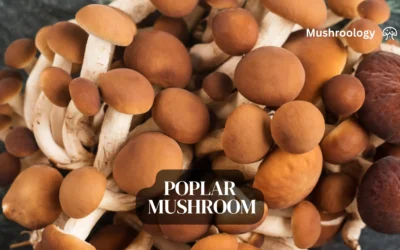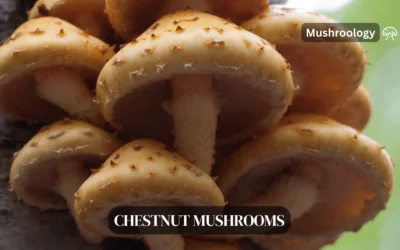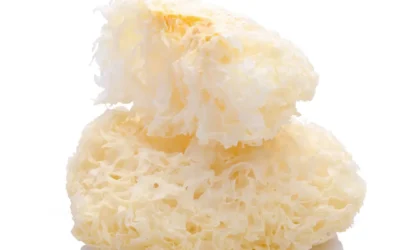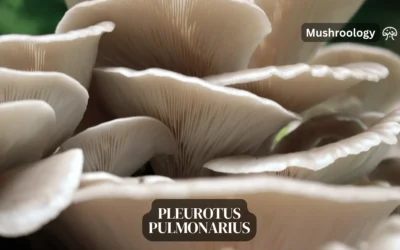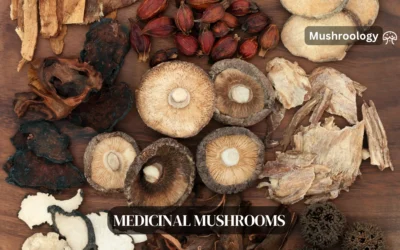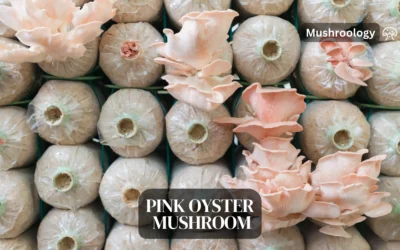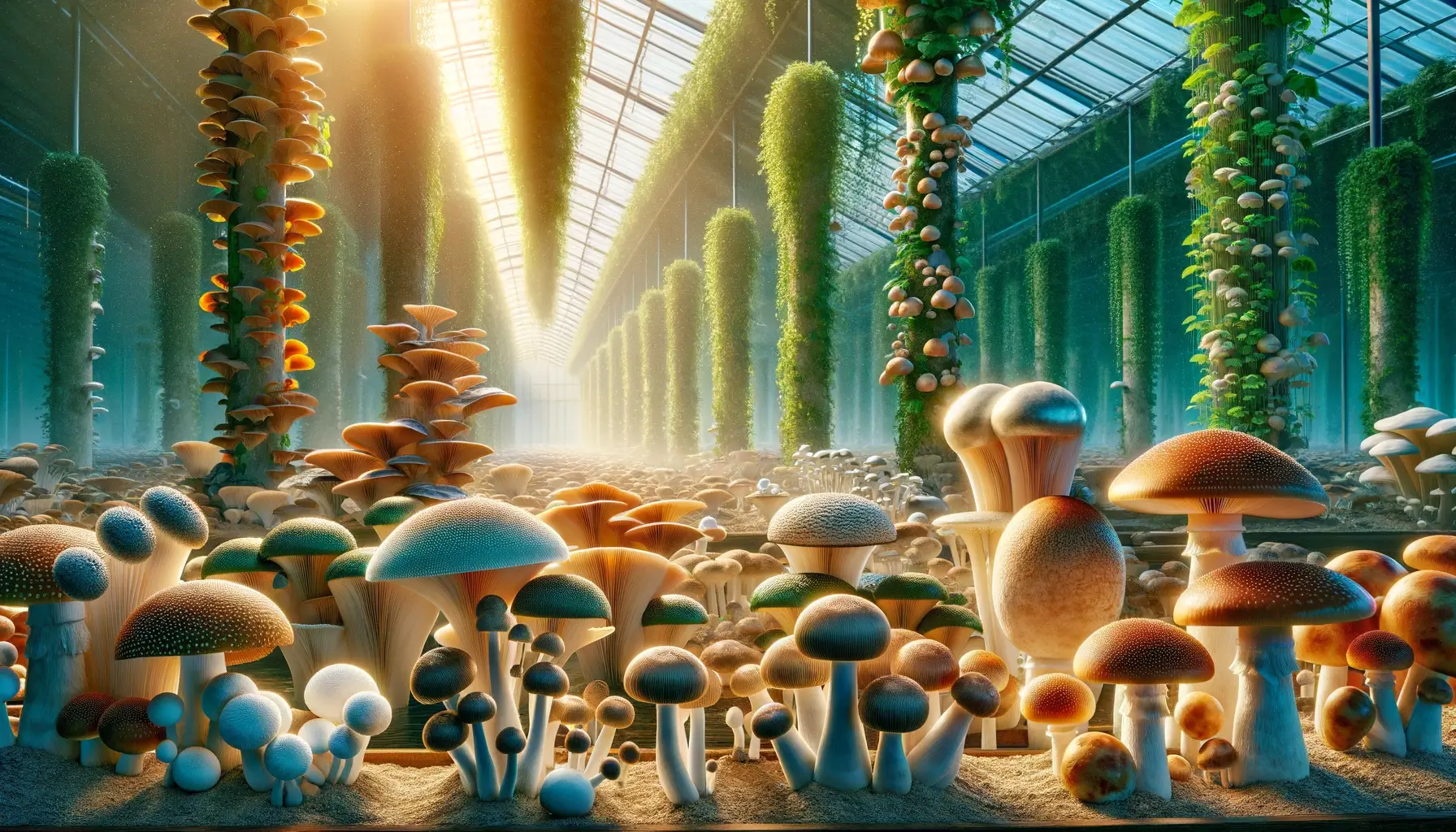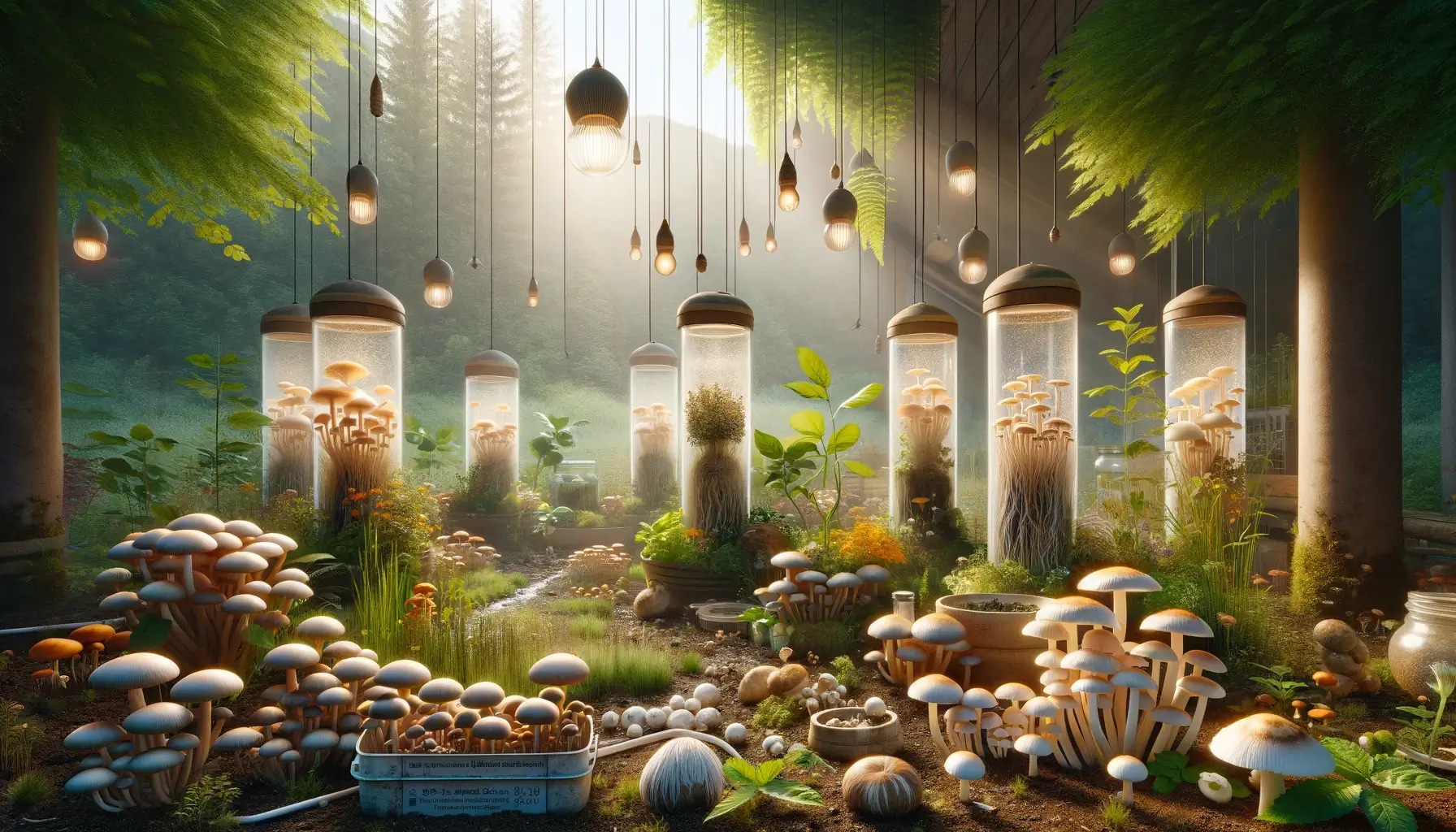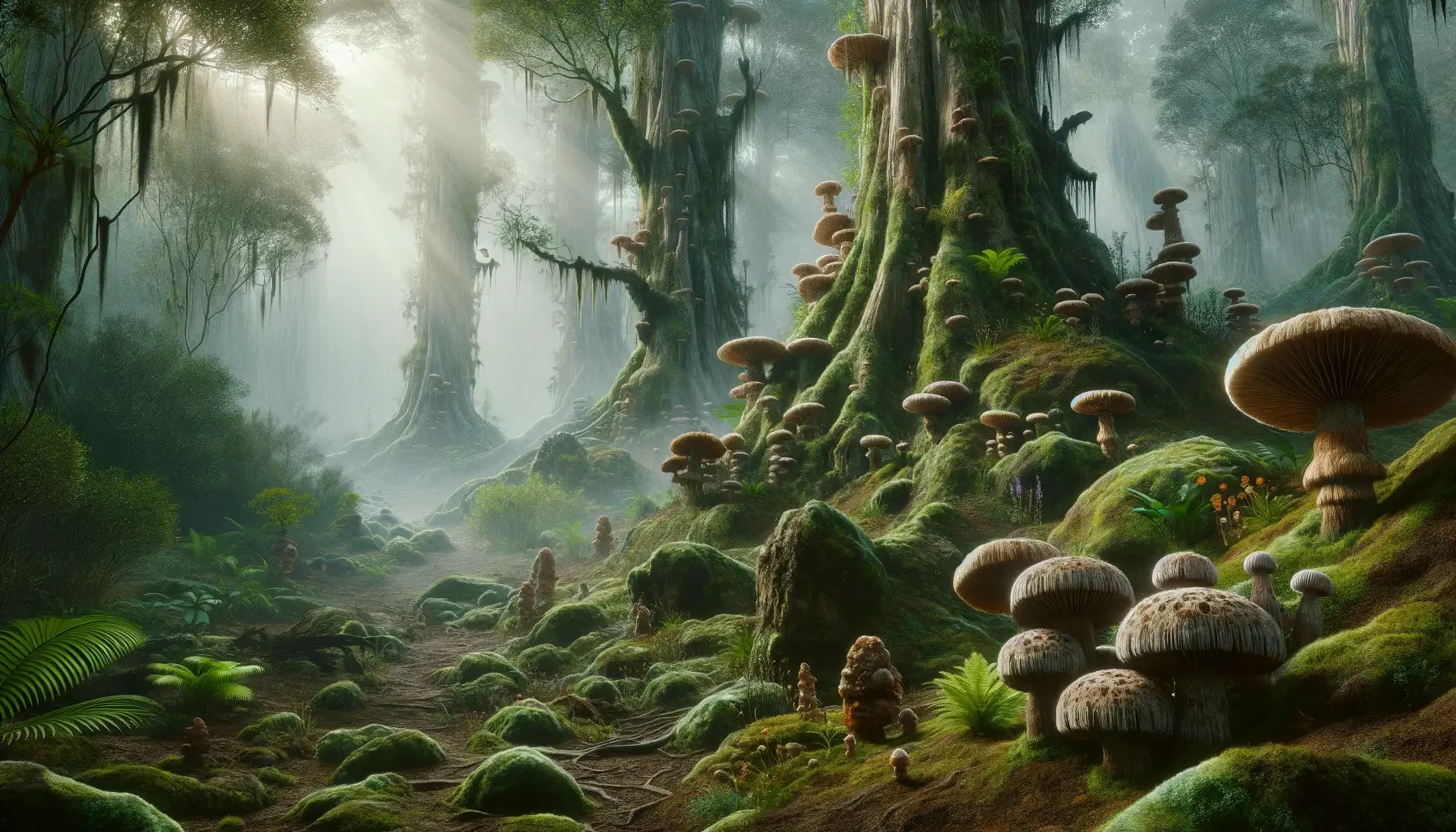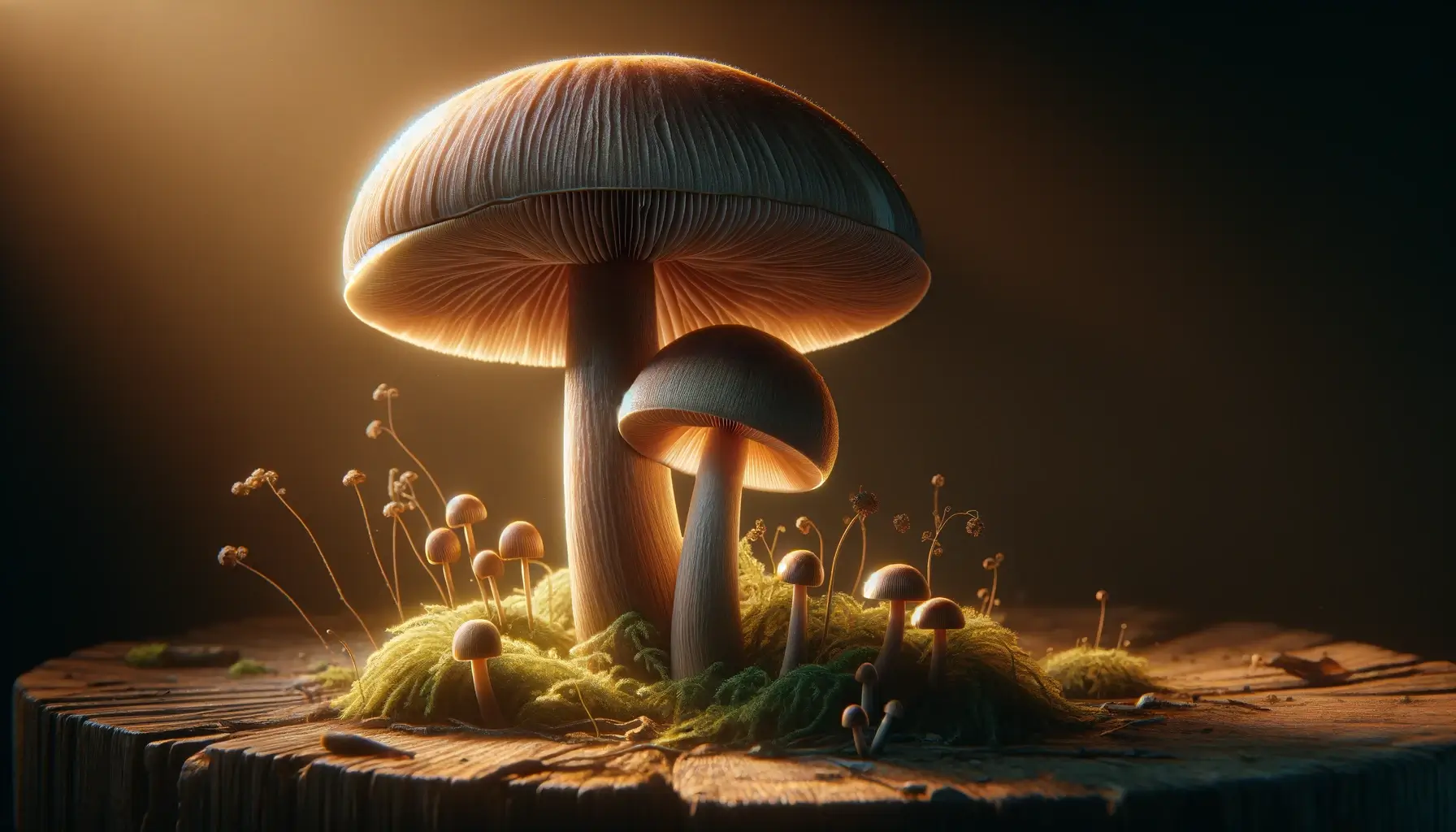Mushrooms, Exotic Fungi, and more!
Instagram @mycotropical
Instagram @fungi_fae
Instagram @mushroomsnaturally
Instagram @mushrooms_inigo
Instagram @fungal_beauty
Instagram @beetleben1
Latest Articles for Mushroom Lovers
How to Grow Poplar Mushrooms at Home
The Poplar Mushroom, or Pioppino or Black Poplar Mushroom, is the edible fungus Agrocybe aegerita. This delicious mushroom has a unique sweet, nutty flavour and meaty texture. Poplar Mushrooms typically grow on dead hardwood trees and stumps in the wild. However, they...
How to Grow Chestnut Mushrooms at Home: A Step-by-Step Guide
What are Chestnut Mushrooms? Chestnut mushrooms, also known as cinnamon caps mushrooms, are a fascinating species of fungi prized for their culinary versatility, nutritional benefits, and ecological role. These small to medium-sized mushrooms are characterized by...
Tremella Fuciformis Benefits: Nature’s Beauty Secret
Key Takeaways: Tremella mushrooms offer potent skin-hydrating properties These fungi may boost immune function and brain health Tremella is rich in antioxidants and anti-inflammatory compounds The mushroom has potential anti-aging and beauty-enhancing effects...
How to Cultivate Phoenix Tail Mushrooms (Pleurotus pulmonarius): A Comprehensive Guide
If you're interested in growing mushrooms, the Phoenix Tail Mushroom, scientifically known as Pleurotus pulmonarius, is a great choice. It's one of the most versatile and easy-to-grow mushrooms, known for its delicious taste and impressive health benefits. As a member...
13 Best Medicinal Mushrooms: Benefits for Immunity, Brain Health & More
For centuries, medicinal mushrooms have been a natural way to support health, and now science is catching up to validate their powerful properties. Let's take a closer look at 13 superstar mushrooms, their bioactive compounds, and how they can help boost your health....
The Pink Oyster Mushroom: A Culinary Delight
The Pink Oyster Mushroom, scientifically known as Pleurotus djamor, is a tropical delight that stands out with its flamboyant pink hues and ruffled appearance. Native to subtropical and tropical regions, this mushroom is a visual treat and a culinary favourite for its...
The Basics
Fungi play critical roles in ecosystems as symbionts, decomposers, and pathogens. They are essential for nutrient recycling and form symbiotic relationships with plants. However, as pathogens, the fungi can cause diseases in plants, animals, and humans.
Fungi Core Classifications
- Chytridiomycota (Chytrids): These are primarily aquatic fungi with a simple structure and represent some of the most primitive fungal forms.
- Zygomycota (Bread Molds): Known for their role in food spoilage.
- Ascomycota (Sac Fungi): This group includes yeasts, molds, and more complex forms like morels and truffles.
- Basidiomycota (Club Fungi): These are the familiar mushrooms, along with rusts and smuts, these fungi reproduce sexually via basidia, club-shaped structures that produce spores
Why Grow Mushrooms?
- Environmental Impact: Mushrooms decompose organic matter, enriching the soil and making nutrients available for other plants. Hobbyists mycologists contribute to a healthier environment.
- Health Benefits: Many mushrooms are packed with nutrients and have been linked to various health benefits. Growing your own ensures a fresh, uncontaminated supply.
- Sustainability: With the world suffering with plastic pollution, mushrooms emerge as a ray of hope. Innovations in mycelium-based materials offer sustainable alternatives to plastics and even building materials.
Anatomy of a Mushroom
- Cap: The top part of the mushroom, which can vary widely in shape and color.
- Gills/Teeth/Pores: Located on the underside of the cap, these structures produce and release spores. Not all mushrooms have gills; some may have pores or teeth instead, depending on the species.
- Stem (Stipe): The stalk that supports the cap and elevates it above the ground or its growth surface.
- Mycelium: A network of fungal threads (hyphae) that exists underground or within the growth substrate. The mycelium is the main vegetative part of the fungus and is crucial for nutrient absorption.
- Spores: Microscopic reproductive units, equivalent to seeds in plants, which allow the fungus to reproduce and spread.

